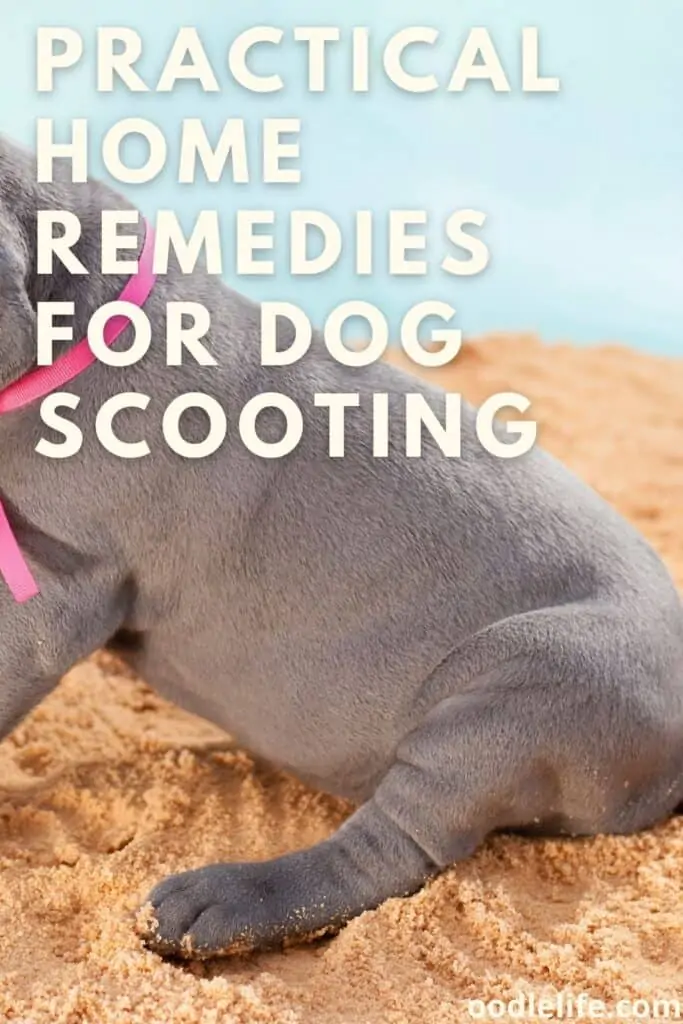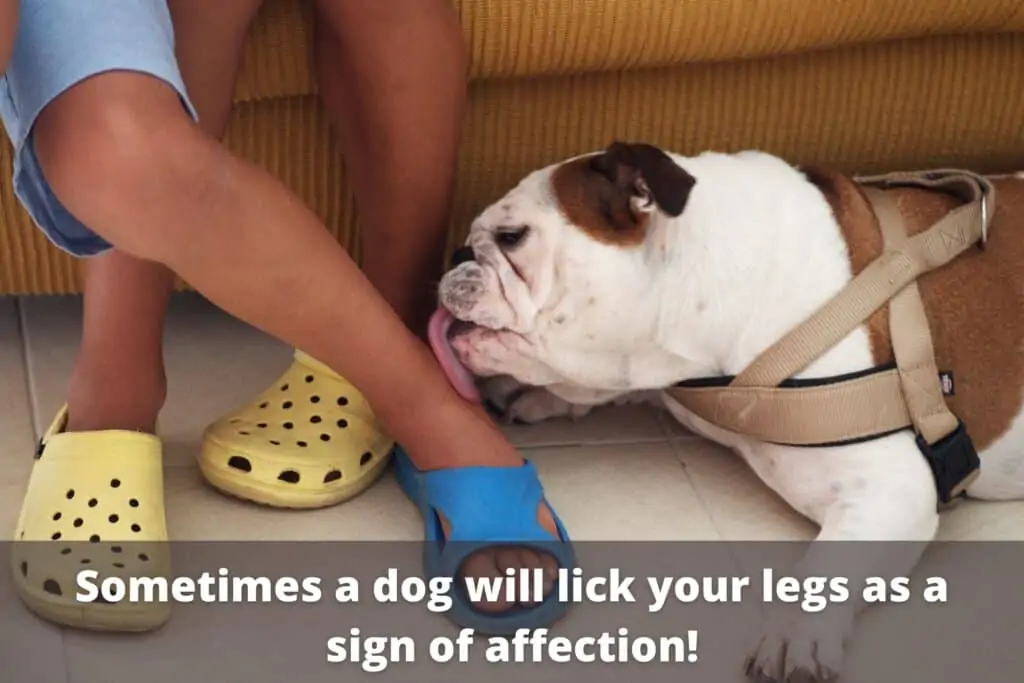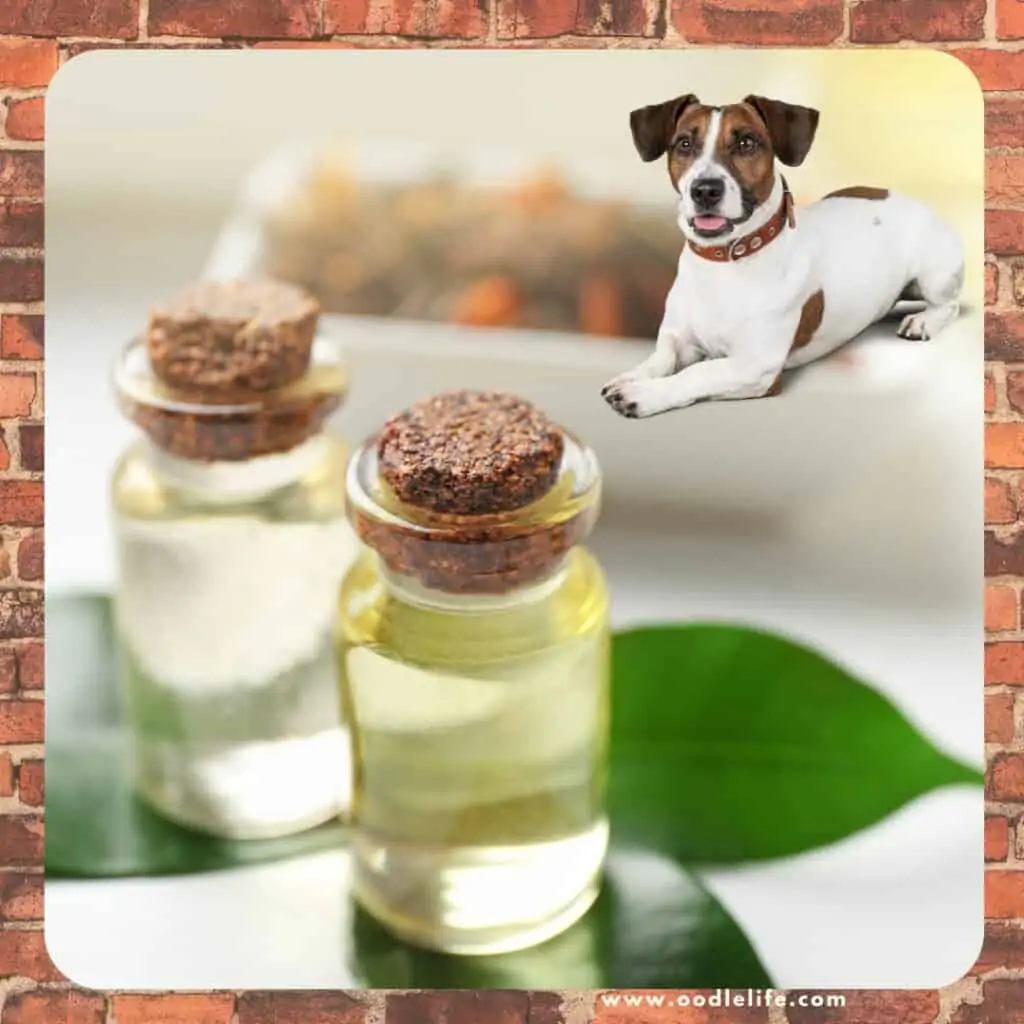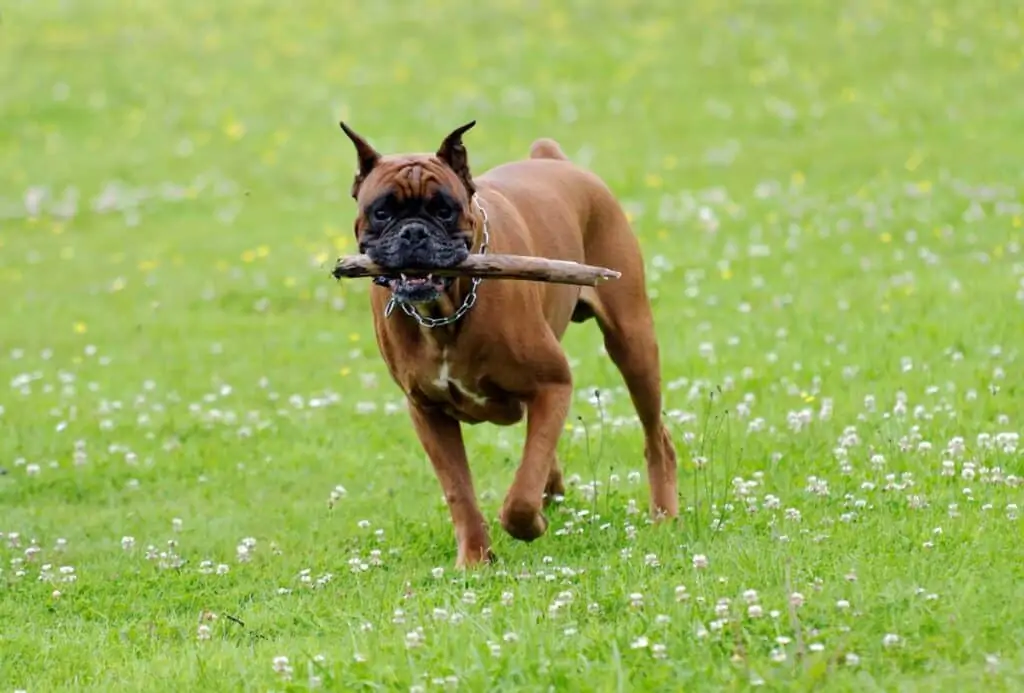Practical Home Remedies For Dog Scooting
Dogs can be cheeky and do many weird things, but one of the most irritating things they do, perhaps, is to scoot. Although this may seem a little mischievous for new pet parents, scooting behavior indicates an underlying problem.

There are several reasons your dog might be scooting, including clogged/impacted anal glands, food allergies, presence of intestinal parasites, skin irritations, etc.
However, the good news is that while you may need to take your fur friend to the vet if the problem persists, most of the time, you can use simple home remedies and relieve your dog’s discomfort.
Before we talk about the remedies for dog scooting, let’s talk about the causes.
Why Do Dogs Scoot?
In most cases, a dog will drag its but on rough surfaces to relieve discomfort. Discomfort can be caused by an itch, and inflammation, constipation, or an underlying issue. Here are a few reasons your dog might be scooting:
Poo or Dirt on Their Rear End
If your dog has diarrhea or is passing loose stools, poo could get stuck on their hair. Check their rear to see if there is debris or poop stuck. It would be better to cut your dog’s hair short to prevent poop from sticking on it.
Constipation
On the flip side, if your dog finds it hard to pass feces, it could be scooting to release the discomfort or pain. Check if you have adjusted the diet, but we will talk about diet changes in the remedy section below.

Allergies
Dogs, just like humans, are allergic to seasonal changes, foods, etc. In most cases, yeast infections and dry flakey skin accompany allergies that result in dog scooting.
If you suspect the scooting behavior is a result of allergies, take note of its diet and everything in the house so it would be easier to test when you go to the vet.
Parasites Infection
Worms can also be the culprit here. When your dog has a parasitic infection, you’ll be able to see worms in their feces or around the anus. Parasites can cause a lot of discomfort and itchiness, which explains why your dog might be dragging its bum a lot.
A dog can get different types of worms, including ringworm and tapeworm, and they all have different life cycles. The best way to treat worms is through the guidance of a vet.
Anal Sac Infection
Your dog has two anal sacs on its rectum. These sacs fill with fluid, which empties naturally when a dog is defecating. The fluid contains pheromones that help dogs mark their territories and pick up information regarding other dogs, but the fluids have a pungent smell to humans.
Sometimes, the anal sacs fail to excrete the fluid on their own, leading to clogging. Full anal sacs get inflamed and itchy, sometimes even painful, especially when the glands remain filled for long. Overly filled anal glands can become impacted, infected, and even burst if left unattended for too long, leading to an emergency vet visit.
Suppose you notice your dog scooting across the floor for prolonged periods, chasing its tail more than normal, and continuously licking its bum – in that case, the chances are that it’s experiencing anal sac-related issues.
What Are the Remedies to Solve the Dog’s Scooting Problem?

If you suspect your dog’s scooting behavior is caused by anal glands infection, lift its tail to see if the anal area looks inflamed, reddish, or feels hard. It would be best to take the dog to a vet for inspection in case of any of these signs. But if your vet has taught you the correct method of expressing your dog’s glands with your fingers, you can do it.
It’s beneficial for fur parents to know how to give first aid treatment to dogs with inflamed anal sacs. An infection on a dog’s anal sacs causes inflammation and the presence of pus-like fluid on their butt.
If a pus-like fluid is coming out of their butt, the best option is to rush it to the vet. However, if it’s already late, you can express the fluid yourself.
To perform a manual anal sac expression, make sure to have disposable gloves, clean towels, and alcohol.
Procedure to Follow:
- Place your fingers outside the anal sacs at 4 o’clock and 8 o’clock angle
- Gently squeeze the two sacs to drain them. Make sure you have someone else holding the dog in position.
- Wipe the skin clean with clean towels soaked in alcohol to disinfect the area
The procedure should give your dog instant relief. If the infection persists, your dog might not want you to touch its butt as it’s in pain. In this case, seek professional vet help.
There are also other home remedies you can try to help your dog get relief from the discomfort they are experiencing on their butt, including:
- Moisturize Its Diet
If you often feed your dog dry kibble, they are likely to experience constipation, making them want to scoot more. You should, therefore, monitor your pet’s water intake, especially if your dog is not a big fan of hydrating.
Add water with their kibble so they can drink it as they eat their food. Also, you may need to invest in a drinking fountain to entice your pet to drink more water.
- Feed Them More Fiber
Dogs tend to enjoy a high fiber diet, and thus, you should increase fiber in their diet as it’s beneficial. The best part about a fiber diet is that it not only helps prevent constipation but can also help empty their anal glands making it easier for them to relieve themselves and thus scoot less.
Some of the fiber sources that you can mix with dog food include chia seeds and flaxseed, as well as squash and potato—all these help improve their bowel movement. However, make sure to monitor how your dog reacts to dietary changes.
- Try Fish Oil
Fish oil is beneficial to humans and animals alike thanks to its natural anti-inflammatory properties. Apply it to cotton wool and gently pat it on the inflamed area. Several applications should reduce the swelling, and your dog should be able to express his anal glands naturally.

- Give Probiotics Treats and Supplements
Most veterinarians may encourage pet owners to give dogs probiotic treats and supplements. Probiotic-rich treats such as yogurt can help improve your dog’s gut health and also lower anal sacs inflammation.
Still, it might be good to consult your vet regarding the best probiotic options for your dog.
- Use Witch Hazel
If your dog’s bottom is red and sore, generously apply witch hazel on a warm rag or cotton wool and pat it gently on the inflamed or painful area of their butt.
Witch Hazel is a perfect anti-inflammatory but make sure it’s all-natural and is unscented. Brands with strong perfumes, alcohol, and coloring may burn the sore areas even more.
- Warm Compresses Can Help
A warm compress applied to your dog’s bum can help ease the inflammation of the anal sacs. A compress is one of the easiest home remedies for anal sac inflammation, as all you need to do is soak a clean towel in warm water and add Epsom salt, then apply it to the inflamed region. Repeat the process as many times as possible.
- Exercise Your Dog
Exercising your dog is another perfect way of stimulating its digestive system, which helps to reduce instances of inflammation. Taking your dog out for a walk also gives them an easier time to relieve themselves in the forests or bush. Emptying their stomachs can help relieve their anal sacs.

When to Seek Help from Your Vet
If your dog keeps having repeated issues with its anal sacs, taking it to the vet will be crucial. Increased instances of anal sacs inflammation may be due to the growth of cyst around it.
Therefore, if this problem persists, your vet is the best person to diagnose and solve the problem. Don’t hesitate to take your pet to the vet as early as this problem starts recurring.
Conclusion
Dog scooting behavior is not fun for animals or humans either. Instead of reacting angrily to this behavior, we should take a closer look at our dog and decipher the message our pet is trying to pass to us. It can be because of the itchy bottom, inflamed anal sacs, or constipation.
One of the above home remedies for dog scooting can help solve its problem.